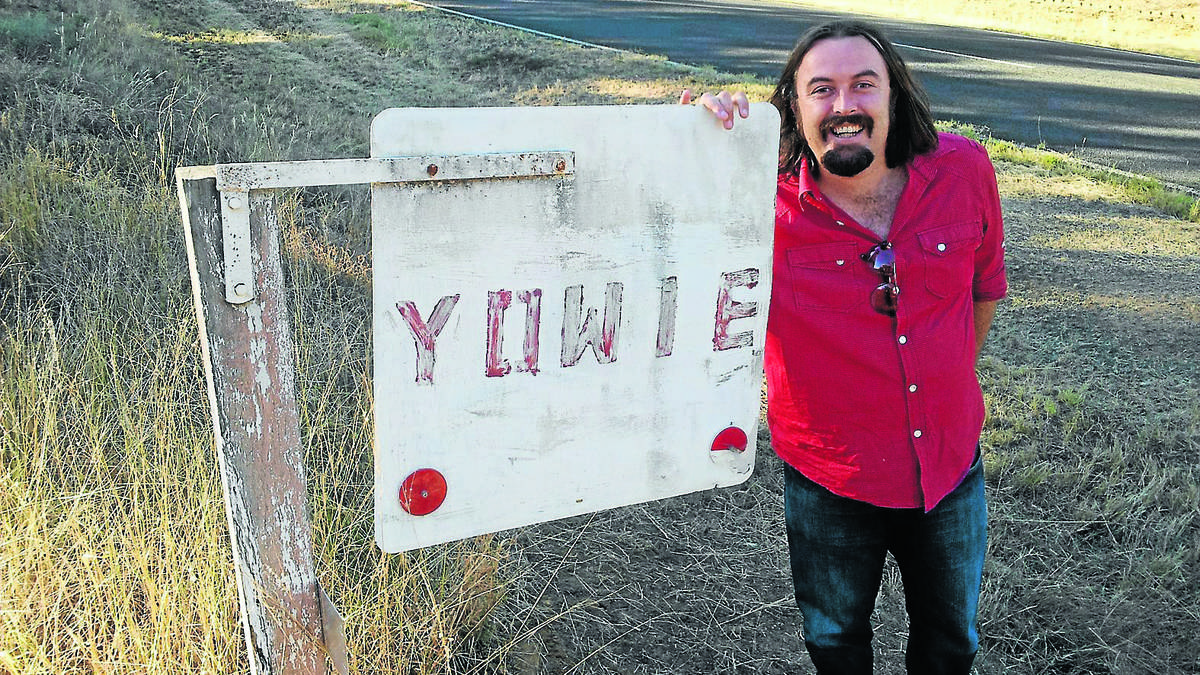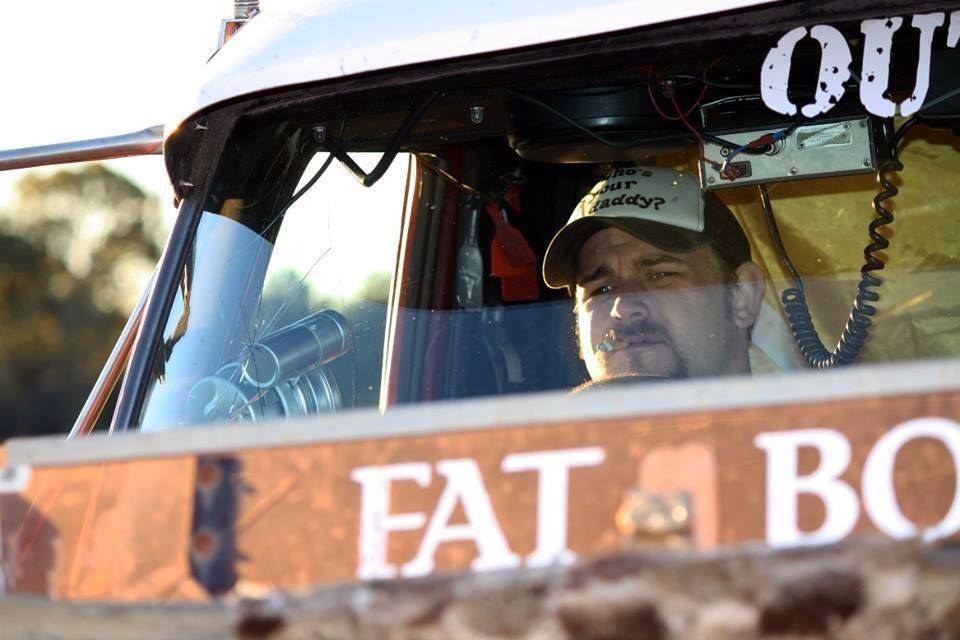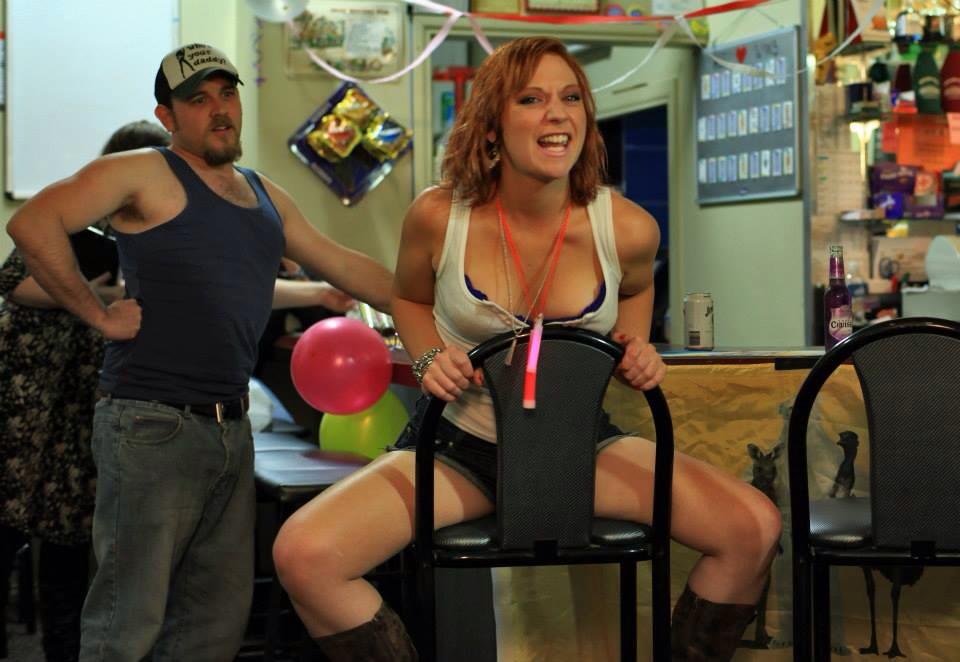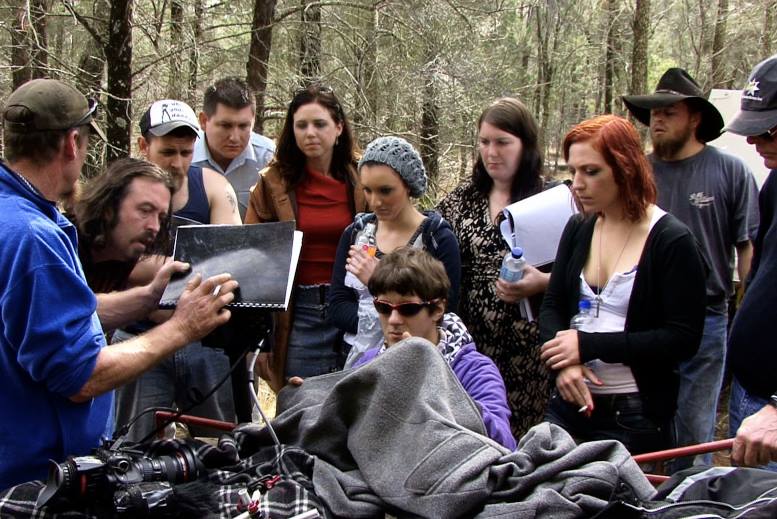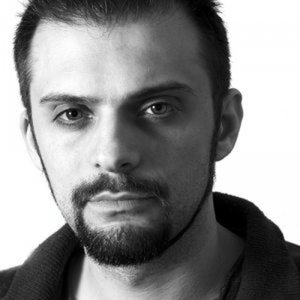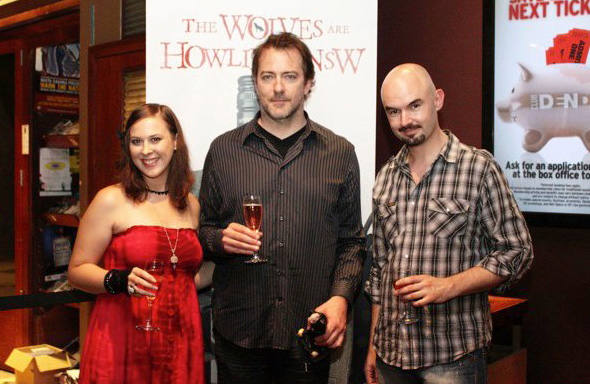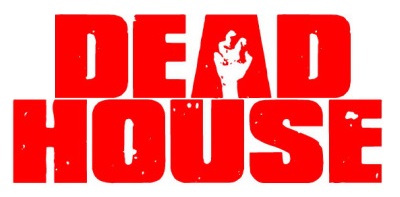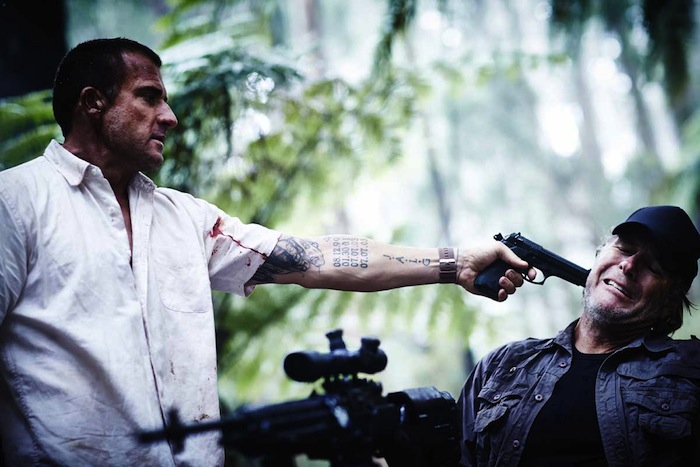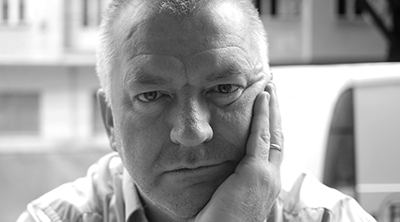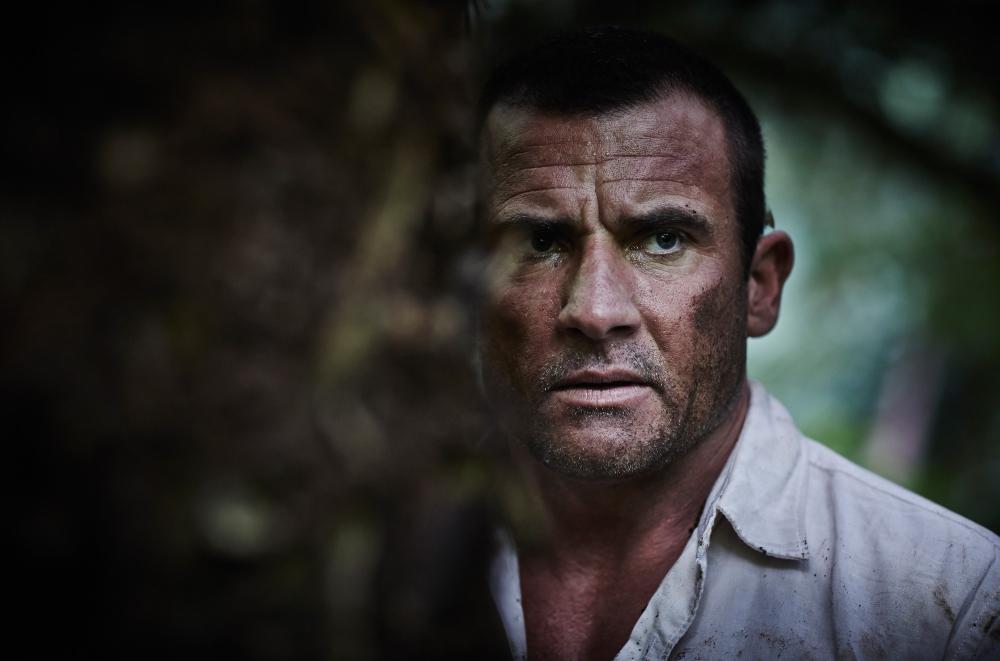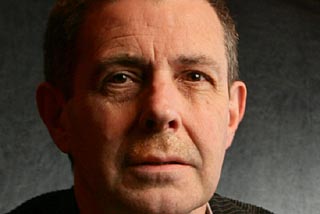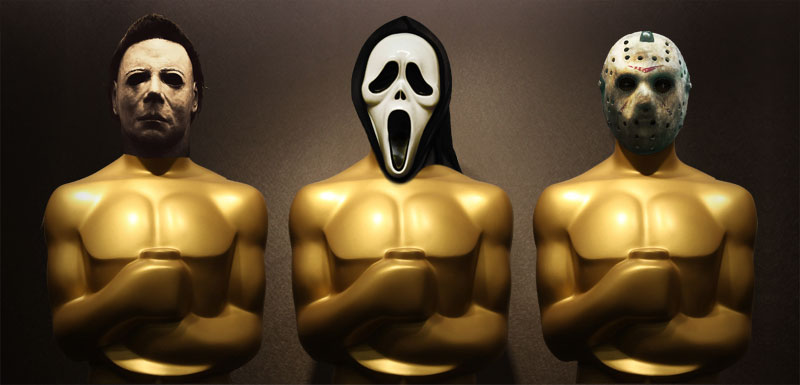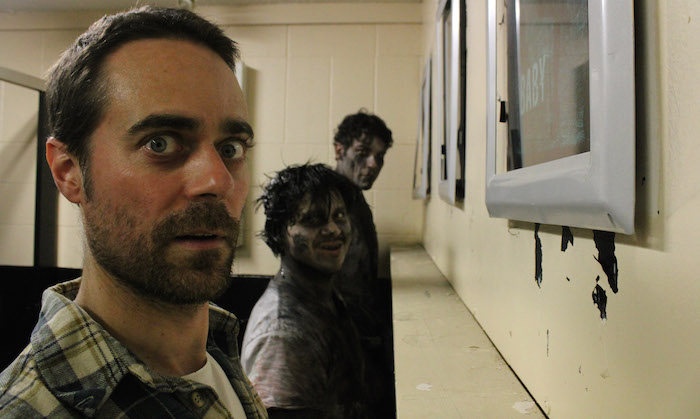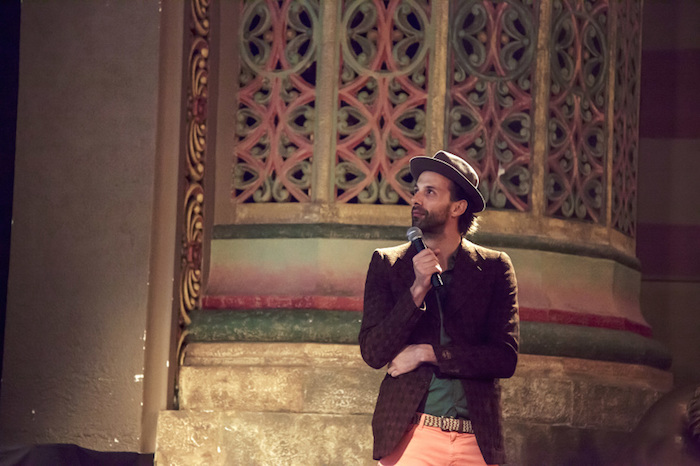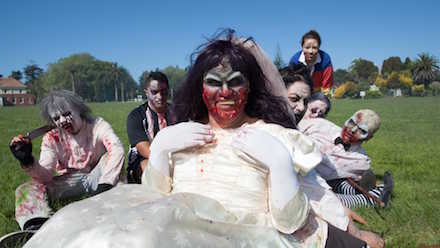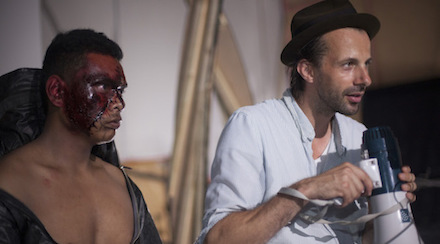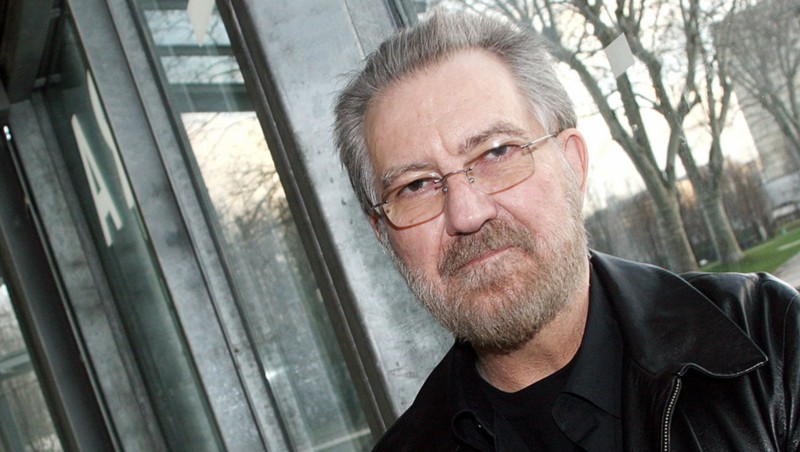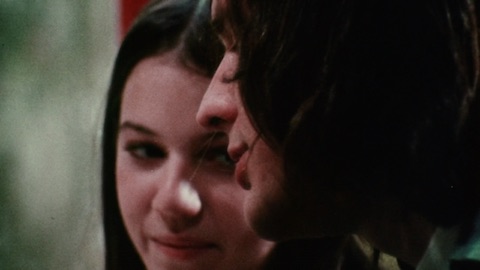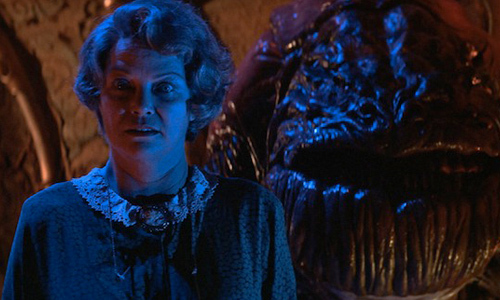Having established itself as one of genre cinema’s showcase international events, a World Premiere slot at Sydney’s A Night of Horror/Fantastic Planet Film Festival is much sought after. The festival founder and director, Dr Dean Bertram, prides himself on the career kickstart his programming can provide; in 2013, he introduced The Launch Pad initiative, a strand dedicated to promoting his festival’s commitment to new and untested visions. In 2014, Bertram commissioned Screen-Space to interview the four filmmakers whose latest works bow for the first time during this years programme…

FURY: THE TALES OF RONAN PIERCE (USA; 114 mins; pictured above)
Stars: Michael McCarthy, Jordan Elizabeth, Brad Potts, Wade Gallagher and Kane Hodder.
Director: Kevin McCarthy.
A rampaging revenge tale set in a drugged-up, testosterone-fuelled world of bloody carnage and righteous kills, debutant helmer Kevin McCarthy directs his brother Michael to one of the most eccentric, unhinged portrayals of the justice-seeking vigilante ever put to film. Says McCarthy, “In the world of Fury, we wanted to ensure that each of our dark, demented characters were developed fully enough to evoke some serious hatred from the audience, which in turn, would make their deaths that much more epic and satisfying.”
READ THE FULL SCREEN-SPACE / LAUNCH PAD INTERVIEW HERE.
VIEW THE TRAILER HERE.
HOW TO SAVE US (USA/ Australia; 78 minutes)
Stars: Jason Trost, Coy Jandreau.
Director: Jason Trost.
Having directed the off-the-wall visions The FP, All Superheroes Must Die and Wet and Reckless, Jason Trost enters the realm of fully-fledged auteurism with How To Save Us, a moody, Mallick-like study of memory and regret set amidst the chilling landscape of a ‘ghost apocalypse.’ “My favorite genre movies are where the human element is front and center,” say Trost, who shot the film in the wilds of Tasmania. “As dark as the movie can get, I really just wanted to tell a story about hope and leave people knowing that it's okay to talk about your past.”
READ THE FULL SCREEN-SPACE / LAUNCH PAD INTERVIEW HERE.
INNER DEMON (Australia; 84 minutes)
Stars: Sarah Jeavons, Kerry Ann Reid and Andreas Sobik.
Director: Ursula Dabrowsky.
Such horror movie conventions as the country-shack serial killer and the ‘final girl’ plight are worked over with an incisive deconstructionist’s eye in Inner Demon. Ursula Dabrowsky’s follow-up to Family Demon (and mid-section of thematic trilogy she hopes to complete in 2015-16) is a bloody thrill-ride that connects with visceral and cerebral intensity. “I want to push the audience a bit, make them think, make them wonder, what the hell is going on here?” says the Adelaide-based director. “It’ll be interesting to find out what horror fans think.”
READ THE FULL SCREEN-SPACE / LAUNCH PAD INTERVIEW HERE.
PLAGUE (Australia; 83 minutes)
Stars Tegan Crowley, Scott Marcus, Steven Jinai and Sarah Ranken.
Directors: Nick Kozakis and Kostas Ouzas.
Desperate survivors of a zombie plague hole up in hot shed in the Australian outback, only to be driven apart by infighting, gender politics and a dark stranger who happens into their midst. The debut work from co-directors Kozakis and Ouzas is a claustrophobic study in psychological torment, with the ever-present threat of ‘the afflicted’ jangling the nerves of protagonist and viewer alike. “When you are fighting for your survival and the preservation of your species, it is fair to say that traditional morality and ethics evaporates very quickly,” says Ouzas.
READ THE FULL SCREEN-SPACE / LAUNCH PAD INTERVIEW HERE.
Visit the Official Website for the 2014 A NIGHT OF HORROR/FANTASTIC PLANET FILM FESTIVAL for full programme details and ticket sales.




